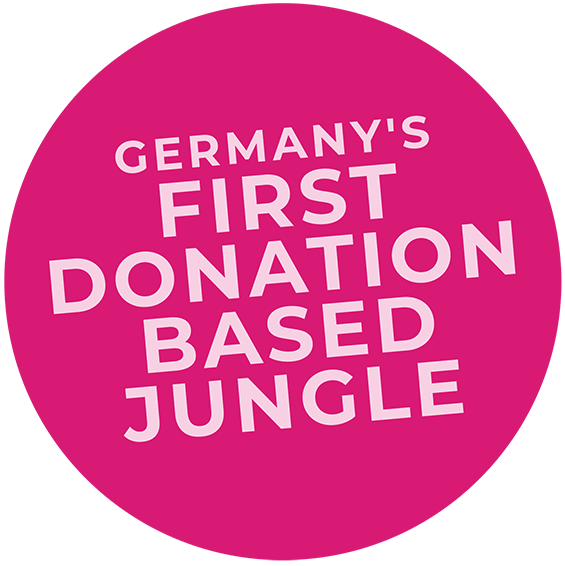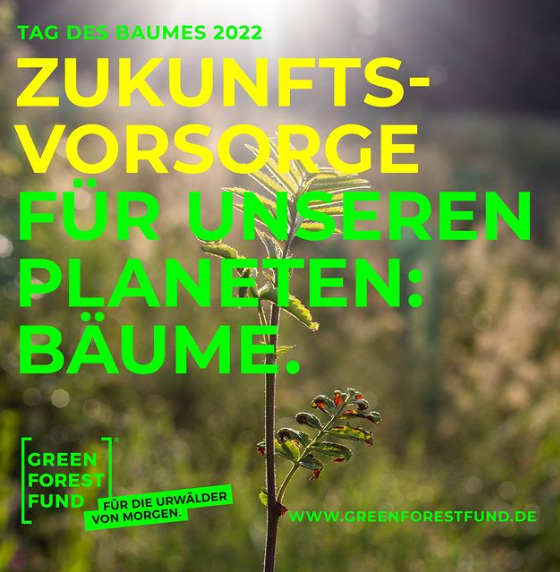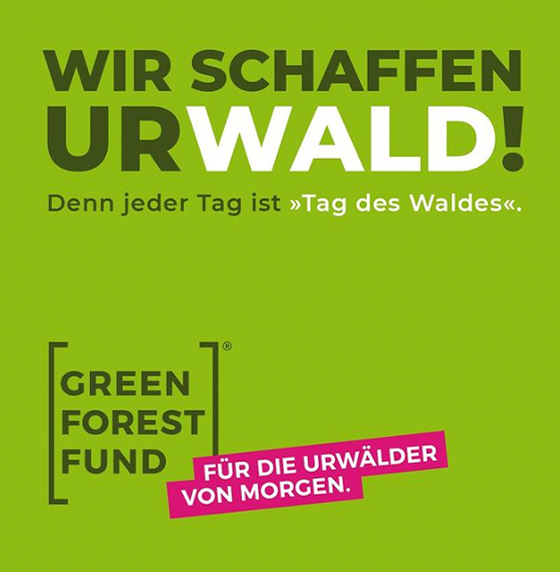B Corp, FSC, PEFC – What’s the Use of Certification?
Sustainability is the call of the hour. It’s being used so often that you almost can’t hear it anymore: ‘Sustainable’ has become a label slapped on to just about anything and everything – more often than not with just the right certification at hand.
Don’t get us wrong, this is a positive trend: After all, it is a good thing that people are becoming more responsible towards the products they buy and if they harm the environment. But far too often the term ‘sustainability’ is used as a fig leaf for other environmental sins. That’s why in this article, we’re going to have a look at some of the various forest certifications: How reliable are B Corp, FSC and PEFC certifications really?
Forest Certification: FSC and PEFC
Timber, if sustainably harvested, can be labeled for example with the FSC or PEFC seal. These certifications for forest quality aim to monitor the sustainability and environmental compatibility of products from the forest. Both systems are committed to sustainable production and aim to ensure the protection of biodiversity, paying particular attention to protected areas and offering high-quality and sustainably sourced products. Sounds pretty good, right? But ever so often, the devil is in the detail.
Forest Certification: FSC and PEFC
Timber, if sustainably harvested, can be labeled for example with the FSC or PEFC seal. These certifications for forest quality aim to monitor the sustainability and environmental compatibility of products from the forest. Both systems are committed to sustainable production and aim to ensure the protection of biodiversity, paying particular attention to protected areas and offering high-quality and sustainably sourced products. Sounds pretty good, right? But ever so often, the devil is in the detail.
FSC
In 1993, the Forest Stewardship Council (FSC) was founded by environmental associations, commercial enterprises and trade unions with the aim of ensuring sustainable forestry through uniform global standards. FSC is an international non-profit, open membership organization made up of activists and representatives of various organizations.
PEFC
The Program for the Endorsement of Forest Certification Schemes (PEFC) and its seal were created in 1998 by European forest owners. The PEFC also aims to ensure sustainable forest management with standards that take ecological, economic and social aspects into account.
Differences Between FSC and PEFC
A key difference is that FSC is made up of environmental organizations, companies and social movements. PEFC, on the other hand, is formed by forestry organizations – and, by its own accounts, pursues the interests of forest owners.
The two certifications also differ in terms of their ecological requirements. The FSC standard is much more specific: For example, it lays down that 5% of the forest area may not be cultivated. In addition, ten trees per 10,000 square meters must be protected to serve as habitat.
There are also clear differences in attitudes towards chemical pesticides: In forests with the FSC certificate, the use of chemical pesticides is only permitted by order of the authorities, while the PEFC seal only restricts it “to a limited extent”.
The checks on compliance with the criteria also differ greatly. With the FSC, every forestry company should be inspected once a year, while the PEFC only takes random samples: No more than one tenth of the forest area is inspected each year.
This means that with the PEFC, the forest owners and their predominantly economic interests set the rules of the game. With the FSC, however, environmental organizations, trade unions, and consumers also have a say alongside the forest owners.
So What About B Corp?
Benefit Corporation, or B Corp for short, is much more comprehensive than FSC or PEFC. This certification was created by the non-profit organization B Lab and recognizes companies for their overall social, ecological and economic performance. Instead of focusing exclusively on profit, all stakeholder groups should be taken into account. By now, more than 5,000 companies around the world are B Corp certified – including some German companies whose aim it is to protect the forest.
All of this sounds pretty good for a start. But: B Corp is a certification that was founded as a merger of several companies. The participating companies continue to operate as limited liability companies or in other legal forms, which enables them to keep generating profits for themselves – under the label of an environmental seal.
Conclusion:
All of these seals and certifications are initiated and controlled by the private sector. The woodland continues to be used commercially and is not fully protected – which is very different in the areas and forests protected by the Green Forest Fund.
Are Private Sector Seals the Wrong Approach?
Of course, it is not wrong for a company to be interested in making profit. But this is just not the best thing for the forest. The Carpathian Mountains in Romania, for example, are among the last primeval forests in Europe. Even there, deforestation is a serious problem – despite sustainability labels.
Greenpeace activist Ursula Bittner says: “Systems like the FSC, with their weak, inconsistent standards and often insufficient monitoring, can do nothing to combat the exploitation of the planet and the violation of human rights.” Instead of “fake sustainability” to boost demand for raw materials that are harmful to forests and nature, we need stricter forest protection and supply chain laws.
Common Good Instead of Profit Maximization
This is the reason why we decided to set up the Green Forest Fund as a non-profit organization. Sure, we could have founded a GmbH, or a similar limited liability company, to have it certified with a seal like B Corp. That would have been a nice and easy way to earn money: If we were a profit-oriented company, we could eventually sell all the tress we plant and protect to the forestry industry and make a huge load of profit.
But that’s exactly what we don’t want: We did not establish the Green Forest Fund e.V. to yield profit from nature, but to be profitable to nature!
That’s why the Green Forest Fund is a non-profit organization without any pursuit of profit. Our simple goal is to plant trees and save the environment – for our own common good. And we have made a very conscious decision to refrain from any form of profit:
We think that this will benefit everyone, instead of yielding profits for just a few.











